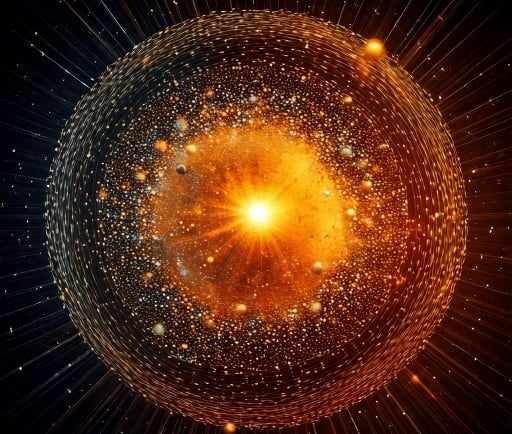The Formation and Existence of Quantum Mechanics: Particles in Space


The Fascinating World of Quantum Particles
Quantum mechanics revolutionized our understanding of the physical universe, providing a framework for describing the behavior of matter and energy at the smallest scales. At the heart of this field lies the concept of quantum particles—fundamental entities that exist in a probabilistic state, rather than fixed positions. These particles are integral to the composition of the universe, influencing everything from chemical reactions to the characteristics of light itself.
How Do Quantum Particles Form?
The formation of quantum mechanical particles occurs through various processes, primarily influenced by conditions at the atomic and subatomic levels. For instance, when energy is introduced into a system, it can transform into matter, creating particles like electrons and positrons, as explained by the famous equation E=mc². This transformation illustrates the particle-wave duality, showcasing how particles can behave like waves under certain circumstances.
Furthermore, quantum particles can appear in pairs or as part of larger particles. For example, quarks combine to form protons and neutrons, which further combine to create atomic nuclei. These nuclei serve as the foundation of all matter, highlighting the interconnectedness of quantum mechanics to the observable world.
The Existence of Quantum Particles in Space
The existence of quantum particles is not constrained to traditional boundaries. In fact, they perpetually occupy various states and locations throughout space. Quantum mechanics introduces the idea of superposition, where particles can simultaneously exist in multiple states or locations until observed. This principle underscores the non-intuitive nature of quantum theory, challenging our preconceived notions of reality.
Furthermore, phenomena such as vacuum fluctuations demonstrate that even empty space is teeming with activity. Virtual particles emerge and annihilate in a fleeting moment, underscoring the dynamic essence of vacuum states in quantum mechanics. This inherent energy and movement shape the fabric of what we perceive as the universe.
Ultimately, quantum mechanics provides profound insights into the very nature of existence. The behaviors and interactions of particles at microscopic levels are not only essential for scientific exploration but also pave the way for numerous applications, including quantum computing and secure communications.
